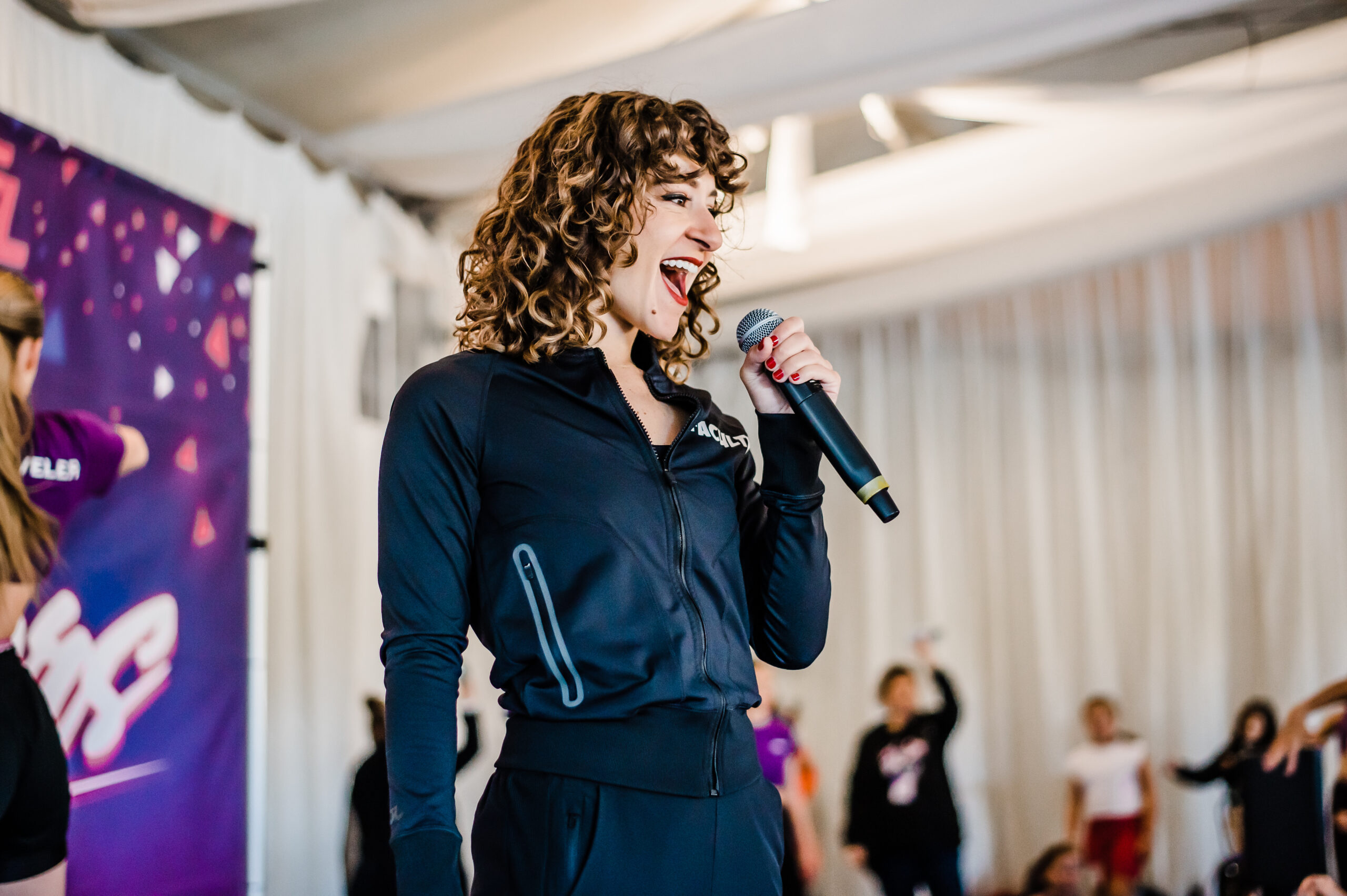Shifting the Comp Kid Stigma
The “comp kid” image has come a long way. Once viewed as over-the-top performers who prioritize tricks and trophies, competition dancers now fill the ranks of top colleges, conservatories, and companies around the globe. Competition studios are training dancers who aren’t just ready to win—they’re ready to work professionally. And the dance world is now making space for them to thrive.







